Study, work or travel in the UK. British
culture and life.


Visit Edinburgh, the capital city of Scotland
|
|
Study, work or travel in the UK. British
culture and life.
|
|
||
|
|
|
|
||
 |
||||
|
|
||||
 |
||||
|
Visit Edinburgh, the capital city of Scotland
|
||||
|
Sections:
|
Introduction |
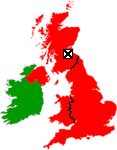 |
| Holyrood | ||
| Arthur's Seat | ||
| Calton Hill | ||
| Canongate (Royal Mile) | ||
| High Street (Royal Mile) | ||
| Lawnmarket (Royal Mile) | ||
| Castle Hill (Royal Mile) | ||
| Edinburgh Castle | ||
| Greyfriars Bobby | ||
| The Mound / Princes Street | ||
| Around Edinburgh | ||
| Nightlife | ||
| Further information | ||
| Links |
|
INTRODUCTION
|
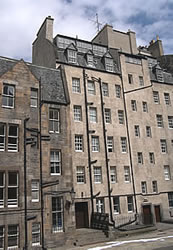 Typical building in the Old Town |
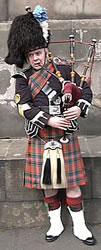 A Scottish piper |
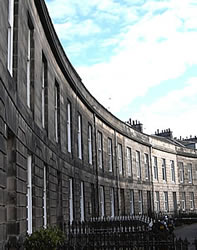 Georgian crescent in the New Town |
 |
Edinburgh
(picture guide book) Author: Vivien Brett Publisher: Pitkin Guides Date: February 2001 |
 |
A
Guide to the Royal Mile (guide book) Author: Gordon Wright Publisher: Steve Savage Publishers Date: March 2005 |
 |
Edinburgh
(guide book) |
|
HOLYROOD
|
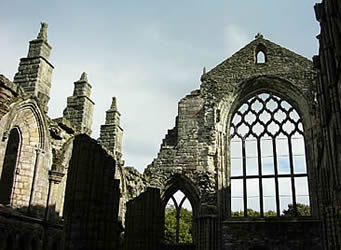 Holyrood Abbey |
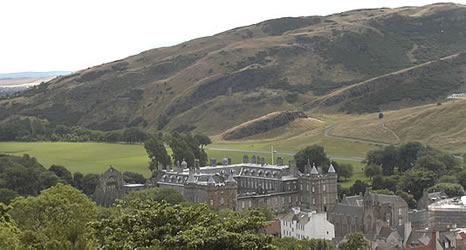 Holyrood Abbey (left) & Holyrood Palace (right) |
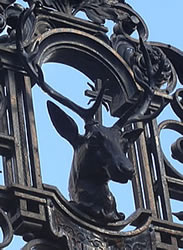 Stag and cross on the palace gate |
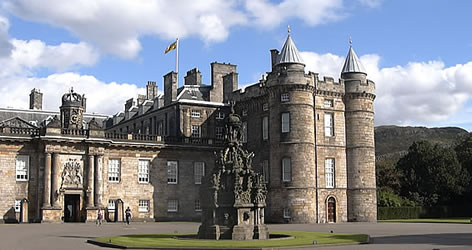 State Apartments at Holyroodhouse |
 |
The
Palace of Holyroodhouse: Official Guidebook Publisher: Royal Collection Date: October 2006 |
 |
Royal
Palaces of Britain Authors: Jane Struthers, Paul Riddle, Chris Coe Publisher: New Holland Publishers (UK) Date: October 2004 |
|
ARTHUR'S SEAT
|
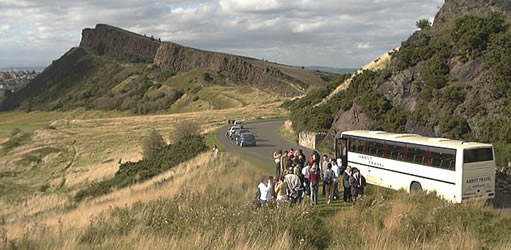 View from Queen's Drive |
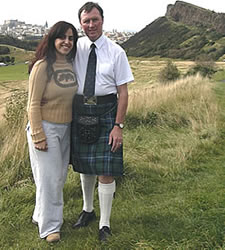 A photo opportunity! |
|
CALTON HILL
|
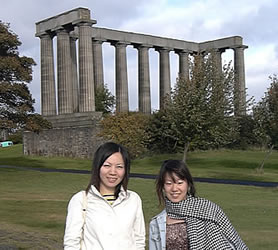 National Monument |
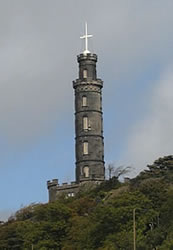 Nelson Monument |
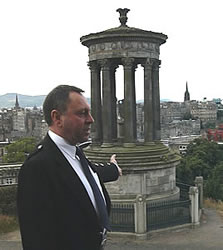 Burns monument |
|
CANONGATE (ROYAL MILE)
|
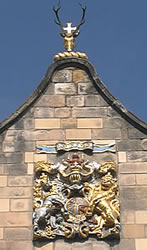 Canongate Kirk |
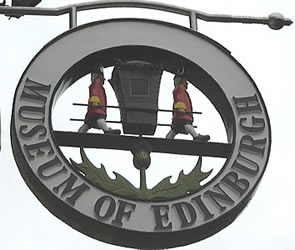 Museum of Edinburgh |
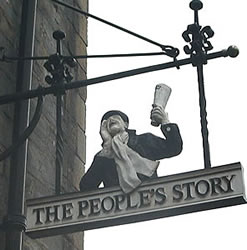 The People's Story |
|
HIGH STREET (ROYAL MILE)
|
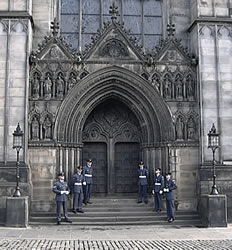 Entrance to St Giles Cathedral |
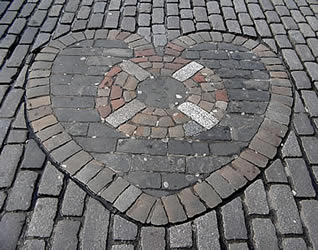 Heart of Midlothian |
|
LAWNMARKET (ROYAL MILE)
|
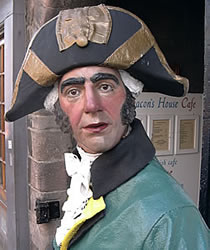 Deacon Brodie: |
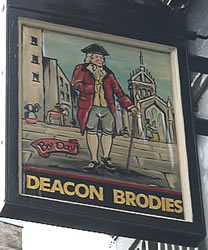 a respectable man during the day ... |
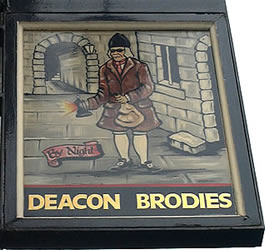 ... but a thief at night |
 |
The
Strange Case of Dr. Jekyll and Mr. Hyde and Other Tales of Terror Author: Robert Louis Stevenson Publisher: Penguin Books Date: February 2003 |
 |
Dr.
Jekyll and Mr. Hyde [2003] (DVD) Dr. Jekyll and Mr. Hyde [1932] (DVD) |
|
CASTLE HILL
|
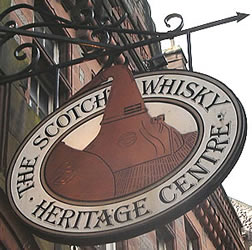 Scotch Whisky Heritage Centre |
Camera Obscura |
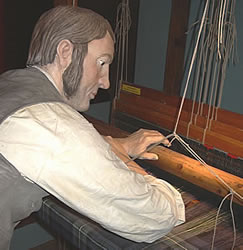 Tartan Weaving Mill (includes a free museum) |
|
EDINBURGH CASTLE
|
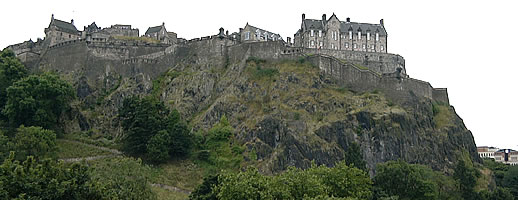 Edinburgh Castle, by day ... |
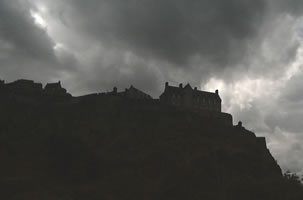 ... and by night |
| Edinburgh
Castle: The Official Souvenir Guide Author: C. J Tabraham Publisher: TCRE Division / Scottish Conservation Bureau Date: January 2004 |
 |
Scotland's
Castles (Historic Scotland) Author: Chris Tabraham Publisher: B.T. Batsford Date: June 1997 |
|
GREYFRIARS BOBBY
|
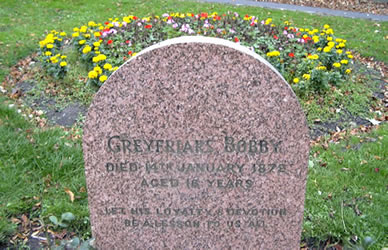 Bobby's grave |
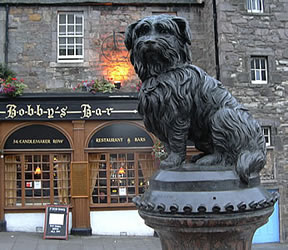 Statue of Bobby (Candlemaker Row) |
 |
Greyfriars
Bobby (book) Author: Eleanor Atkinson Publisher: Penguin Popular Classics Date: May 1996 |
 |
Greyfriars
Bobby [1960] (DVD) Studio: Walt Disney Date: July 2004 Video |
|
THE MOUND / PRINCE'S STREET
|
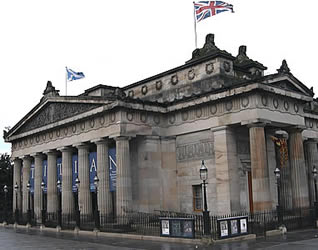 National Gallery of Scotland |
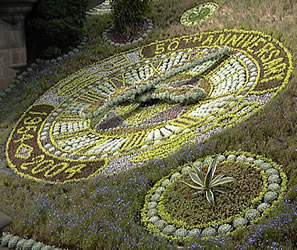 Floral clock in the gardens |
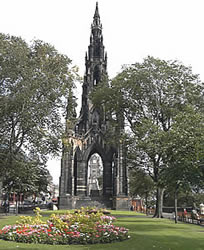 Scott Monument |
|
AROUND EDINBURGH
|
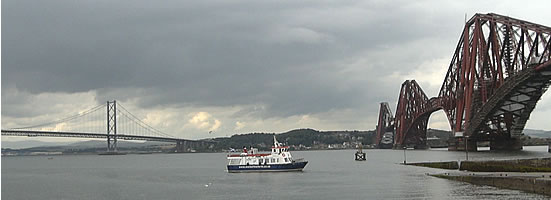 Forth Bridges |
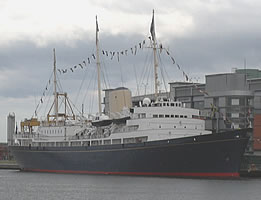 Royal Yacht Britannia |
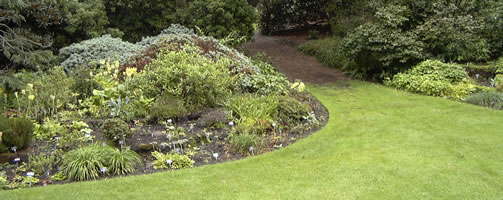 Botanic garden |
|
NIGHTLIFE
|
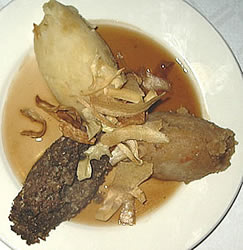 Traditional food: haggis, tatties & neeps |
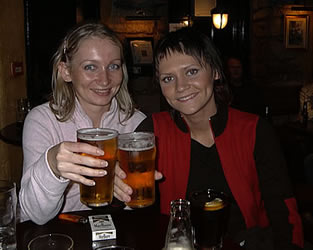 Enjoy a pint or two in a local pub |
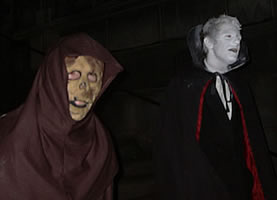 "Witchery Murder & Mystery" tour: your guide is Adam Lyal (deceased) |
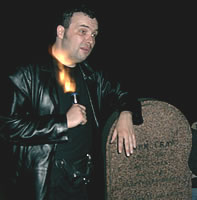 "City Of The Dead" walking tour |
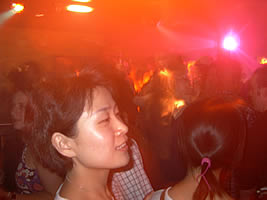 If you want to party all night, there are several nightclubs in the city |
|
FURTHER INFORMATION
|
|
Lonely Planet verdict: Edinburgh
"Edinburgh is a unique blend of culture, sophistication and architecture, fused together in a remarkable location - it is an extraordinary city ... Scotland's capital is a World Heritage Site ... The Old Town, riddled with its nooks and crannies, stands in contrast to the orderly grid of the New Town - the world's most complete, unspoilt example of a Georgian town ... The city's size makes it a joy to walk around ... Edinburgh's castle is an irresistible sight, never failing to turn heads ... Edinburgh's spirit soars every August with a number of festivals including the daddy of them all: The Edinburgh Fringe" (extracts from "Lonely Planet Great Britain - 2003 edition", used with permission) |
|||
 |
Lonely Planet Great Britain Publisher: Lonely Planet Publications Date: May 2007 |
 |
Lonely
Planet Edinburgh Publisher: Lonely Planet Publications Date: June 2006 |
|
|
|